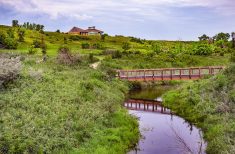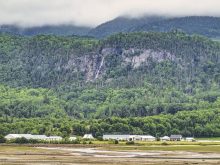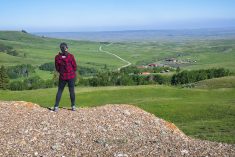We just returned from Argentina and found it to be among the top travel bargains right now. It’s a big bonus in visiting this incredibly diverse land with everything from the snow-capped Andes to the wilds of Patagonia, jungle-like terrain and the vast pampas of the agricultural heartland.
For this trip, we concentrated on the country’s northwest, where desert-like mountains and valleys show off their multi-coloured brilliance.
Ironically, the reason Argentina provides good value now is because of its financial predicament, with inflation close to 100 percent. While that seems counter-intuitive, it has to do with the country’s complex exchange rate system. The official exchange rate values C$1 at 143 Argentine pesos (ARS), and US$1 at 195 ARS. This is what we would get at a bank or withdrawing cash from an ATM. However, it is essential to avoid banks and ATMs to benefit from the current situation.
The market considers the official rates artificially low. Money changers were recently giving 373 ARS per US$1, almost double the official rate. With such high inflation, Argentinians can preserve their money by converting it to a hard currency, creating a huge demand for American dollars. There is no demand for lesser-known currencies such as the Canadian dollar.
Exchanging currencies on the open market is legal and in the open. Shops often post signs indicating that they convert dollars. We exchanged U.S. dollars at a Western Union office, and in the northern city of Salta, we exchanged with a guy sitting at a table at a sidewalk restaurant with a big bag full of money. The largest banknote is 1,000 ARS, so if you change $200, you come away with a wad of cash a half-inch thick.
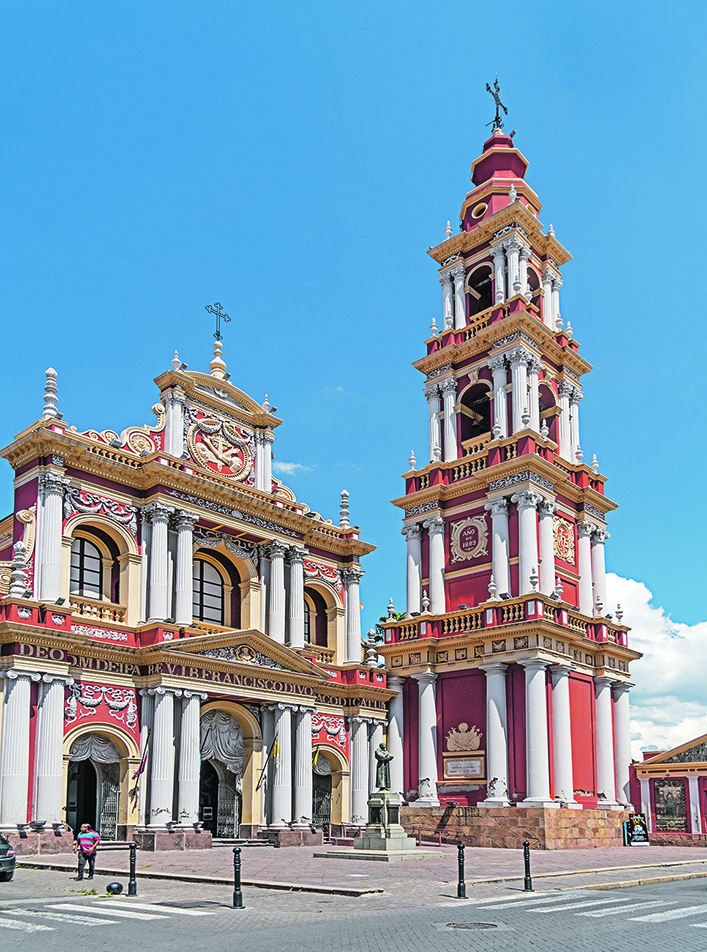
A new development in the last couple of months is that the government started allowing foreign-issued credit cards to use an exchange rate close to the market rate. For example, the most recent purchase on our VISA was converted at 241 ARS to the Canadian dollar, considerably higher than the official rate of 143.
Cash is still indispensable since not all places accept credit cards. Sometimes merchants impose a surcharge (often 10 percent) for their use. We took day excursions with tour companies that offered one price to pay by credit card and another (usually around 10 percent less) for cash.
For our spending, we used credit cards when possible and where there was no surcharge, as well as U.S. cash to exchange for ARS at the market rate.
Even with the favourable exchange rate, it doesn’t mean that everything is inexpensive. However, we had no problem finding excellent “special of the day” meals for under $10 and comfortable small hotels or B&Bs for $50 or less. A ride on the Buenos Aires’ efficient subway system is around 30 cents, and a four-hour inter-city bus trip runs $5 to $10.
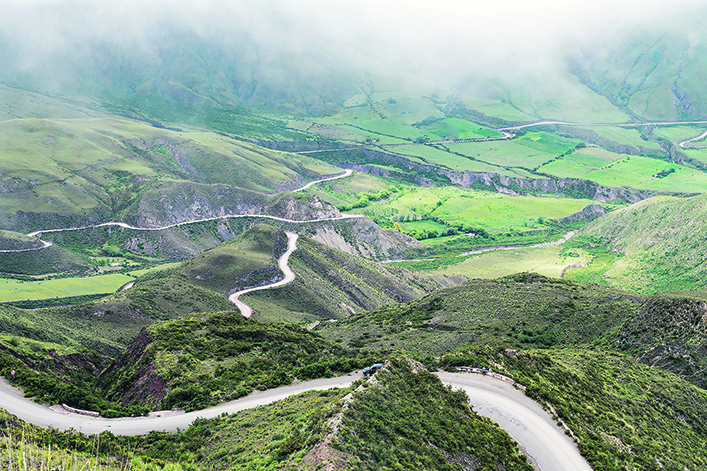
When it comes to eating, Argentina is most famous for its steak dinners. The country is a major beef producer and its per capita beef consumption ranks among the highest in the world. Barbecuing is practically a religion. We ate at one restaurant where the centrepiece was a grill at least three metres long and where three cooks were busily barbecuing many types of meat.
We had kitchenettes in a few places and cooked some meals. Going to a butcher shop was an experience in itself. Almost none of the meat is pre-cut. You ask for it to be sliced the way you want it. For two large steaks from the most expensive cut, we paid less than $4. Vegetables and fruits were correspondingly cheap, while a good bottle of Argentine wine in a grocery store goes for around $5 or less, and a superb one for only slightly more.
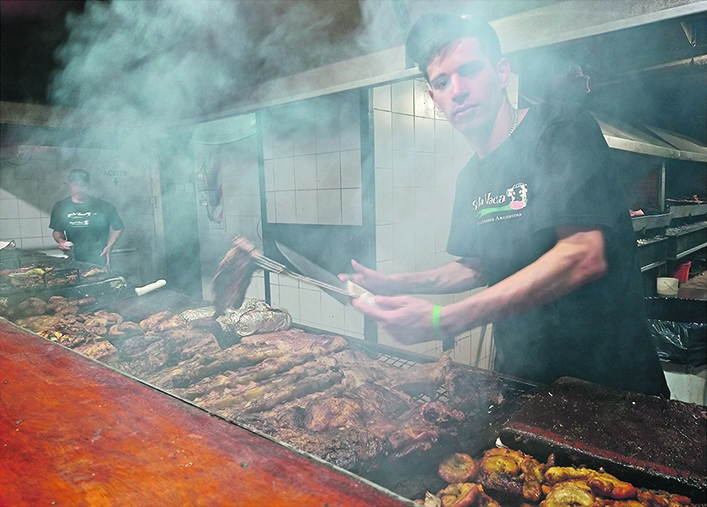
Everyone complains about inflation and government mismanagement, and protests occasionally take place, but life goes on. We stayed in an historic district in Buenos Aires with a huge number of coffee shops, bars, and restaurants. Come the weekend, they were all full. People tend to have a live-for-today attitude. If you don’t spend your money, or convert it into hard currency, it will be worth a lot less in short order.
It had been years since we were last in Argentina and this trip brought back why we enjoyed travelling here — lots to see and do, friendly people, and it’s one of the safer countries in Latin America. What’s not to like about a place that makes great wine and likes to barbecue?
One thing that doesn’t change is that Argentina seems to always be in some financial crisis. While it’s challenging for residents, it has made things more affordable for visitors, at least for now.
Arlene and Robin Karpan are well-travelled writers based in Saskatoon. Contact: travel@producer.com.






